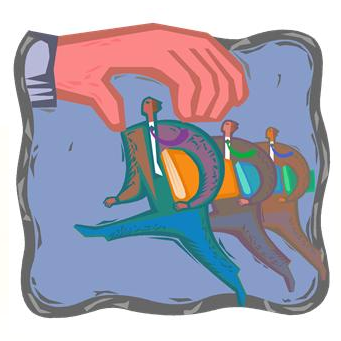eDiscovery Trends: Email Footers Give Privilege Searches the Boot

This communication (including any attachments) is intended for the use of the intended recipient(s) only and may contain information that is confidential, privileged or legally protected. Any unauthorized use or dissemination of this communication is strictly prohibited. If you have received this communication in error, please immediately notify the sender by return e-mail message and delete all copies of the original communication. Thank you for your cooperation.
This is an example of a standard email disclaimer often automated to appear in the footer of outgoing emails to disclaim liability. Many organizations choose to add disclaimers to their emails for legal protection to attempt to protect themselves from legal threats such as breach of confidentiality or accidental breach of privilege.
However, when it comes time to collect and search email collections for confidentiality and privilege, these email footers can wreak havoc with those searches. Searches for the words “confidential” or “privileged” will essentially be rendered useless as they will literally retrieve every email with the email disclaimer footer in it.
So, what to do?
One way to address the issue is to identify any other variations of words and phrases that might imply privilege. Searching for phrases like “attorney client” or “attorney work product” – provided those phrases are not in the footer – may identify many of the privileged files.
Another way is to shift your search focus to names of individuals likely to conduct privileged communications, such as the names of the attorneys communicating with the organization. Sometimes you may not know the names of all of the attorneys, so a search for domains associated with the outside counsel firms should identify the names of the individuals sending from or receiving to those domains.
If searching for the term "privileged" is still the best way to ensure that you find all of the potentially privileged files, one of our readers, Mark Lyon, actually identified a better way to search for the term “privileged” that I sheepishly admit I did not think of late last night when I wrote this, so I had to amend this post to include it (a first!). Identifying the various footers at use within at least the main companies included in the collection, then excluding those entire footers from the index will remove those footers from filling up your search results. Another reader, Joe Howie, has discussed in more detail an approach for removing those footers from the index. Thanks to both Mark and Joe for keeping me on my toes! 🙂
So, what do you think? Are email disclaimer footers making your privileged searches more complicated? Please share any comments you might have or if you’d like to know more about a particular topic.







